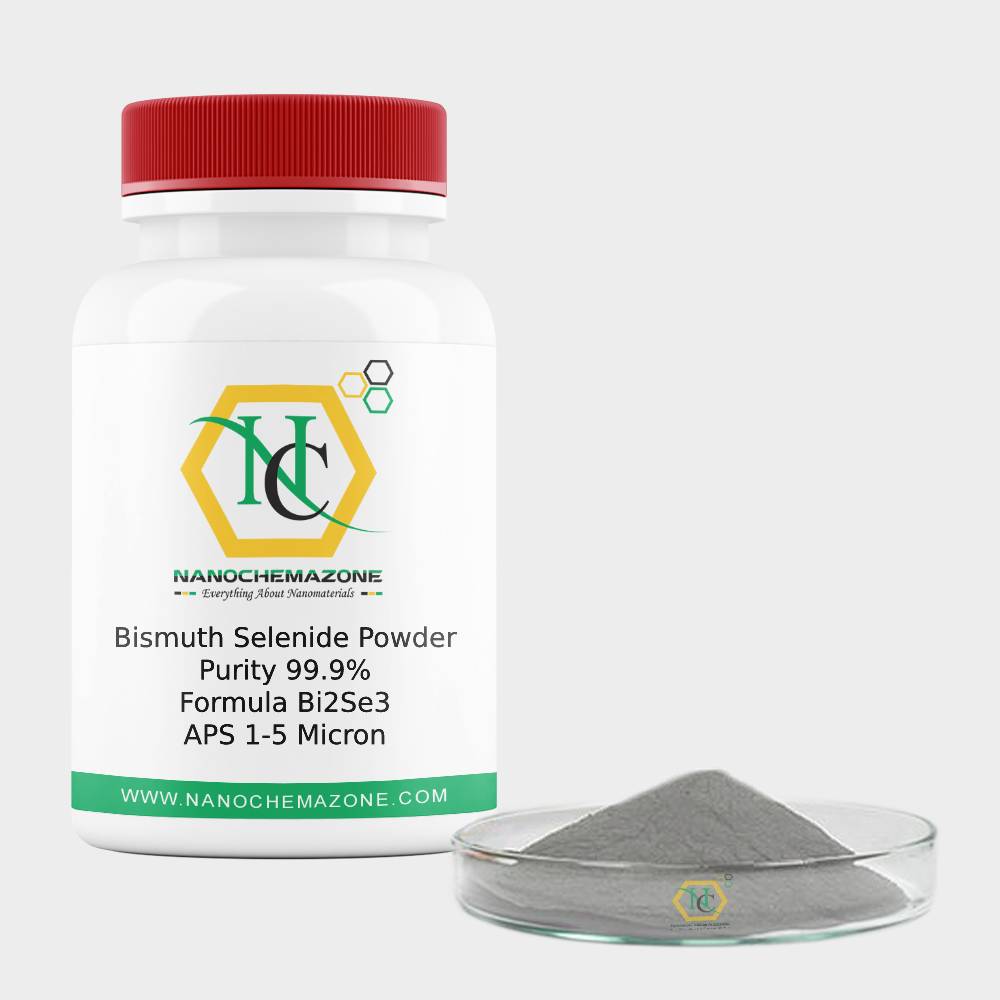Bismuth selenide (Bi2Se3) is a crystalline compound of bismuth and selenium. It is a grayish-black solid with a metallic luster. It has a rhombohedral crystal structure, with space group R3m and lattice parameters a = 0.46 nm, c = 1.35 nm. Bi2Se3 is an intrinsic semiconductor with a band gap of 0.3 eV.
The properties of bismuth selenide make it promising for applications in optoelectronics, thermoelectrics, and electronics. For example, its large band gap makes it transparent to visible light, making it suitable for use in optical devices such as solar cells and light-emitting diodes (LEDs). Additionally, its high thermal conductivity makes it useful for thermoelectric applications where heat needs to be efficiently conducted away from sensitive electronic components. Finally, its low resistivity makes it attractive for use in electronic devices such as sensors and transistors.
Despite its promise, there are some challenges associated with the use of bismuth selenide. One challenge is that it is difficult to synthesize large single crystals of the material due to its instability at high temperatures. This limits the size of devices that can be made from the material and reduces their efficiency. Additionally, the material is chemically reactive, which can lead to degradation over time when exposed to air or moisture


